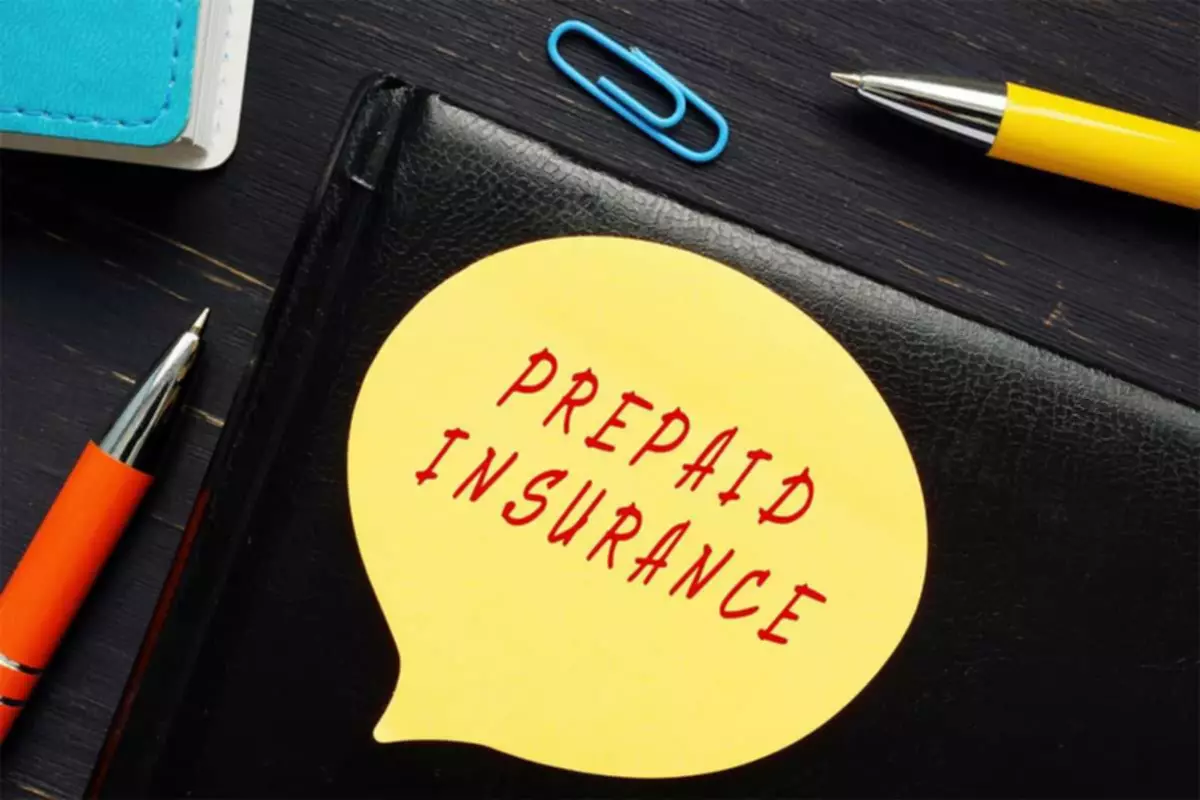Content

When deciding what to pay yourself, you’ll want to take into account your expected profit and expenses. As your circumstances change, you can always give yourself a raise or take a pay cut if needed. At year end, the partnership will file a Schedule K-1 that reports the business’s profits, losses, deductions, and credits, as well as any draws. There are five common business structures, and each one influences the way small business owners pay themselves. As the sole proprietor, you’re entitled to as much of your company’s money as you want.
How these distributions are handled should be clearly spelled out in your company’s partnership agreement. You need to understand how they work for different types of businesses to plan accordingly. Anything you take out of the business will be declared on your personal tax returns at the end of the tax year. Monitoring personal tax and debt basis is the shareholder’s responsibility.
The basics of an owner’s draw
It is, however, important to remember that financing always has a cost, and lines of credit/revolving credit tend to be particularly expensive. The GoCardless content team comprises a group of subject-matter experts in multiple fields from across GoCardless. The authors and reviewers work in the sales, marketing, legal, and finance departments. All have in-depth knowledge and experience in various aspects of payment scheme technology and the operating rules applicable to each. «U.S. Code § 704. Partner’s distributive share.» Accessed May 8, 2020. Here again, you are not allowed, by law, to pay yourself via payroll.
- Owners of some LLCs, partnerships and sole proprietorships can take an owner’s draw.
- In a proprietorship, you and you alone are the business owner, so you are legally recognized as one and the same entity.
- This means tracking income and expenses will be simpler and any bonuses in the good months will be taxed.
- Let’s say that Patty’s catering company is a corporation, but she’s the only shareholder.
- If you pay payroll tax, consider taking a salary so your accountant/software can track everyone’s taxes in one place.
Depending on your business structure, you might be able to pay yourself a salary and take an additional payment as a draw, based on profit for the previous year. Make sure you plan carefully to pay your tax liability on time in order to avoid penalties and be payroll compliant. She could choose to take some or even all of her $80,000 owner’s equity balance out of the business, and the draw amount would reduce her equity balance. So, if she chose to draw $40,000, her owner’s equity would now be $40,000. Salaries offer steady paychecks that allow you to properly budget your personal and business lives. They also include upfront tax deductions, meaning no major surprises and less paperwork at the end of the fiscal year. A steady salary does mean little to no wiggle room, meaning if you have a bad month financially or any unexpected expenses, you are more locked into your set wage.
Salary method vs. draw method
An owner’s draw is intended to be a permanent withdrawal rather than a loan. It’s therefore important that the business can continue to function without the money the owner wishes to draw. Jean Murray, MBA, Ph.D., is an experienced business writer and teacher who has been writing for The Balance on U.S. business law and taxes since 2008. Make sure you compare yourself to people who manage businesses with similar sizes, locations, and industries. If the IRS thinks you are excessively paying yourself from your company, they may investigate your business’s spending. You know by now that running your own business doesn’t mean you sit around as stacks of cash come flooding into your office.
- When you do decide to pay yourself, it’s not as easy as just opening the cash register and taking out money.
- When you pay yourself a salary, you decide on a set wage for yourself and pay yourself a fixed amount every time you run payroll.
- Both salaries and payroll taxes can be classified as business expenses and deducted from your business’s taxes.
- For a business to be classified as a corporate LLC, you need to file Form 8832, Entity Classification Election, with the IRS.
How much you pay yourself will depend on numerous factors, such as your location and business industry. At the very least, your pay should cover all of your financial obligations–rent/mortgage, car loan and payment, savings, etc.
How Much to Take From Your Business
Instead of taking from the business account every time you need some money, you know exactly how much company money is being paid to you every month. Draws owner’s draw vs salary are not personal income, however, which means they’re not taxed as such. Draws are a distribution of cash that will be allocated to the business owner.
